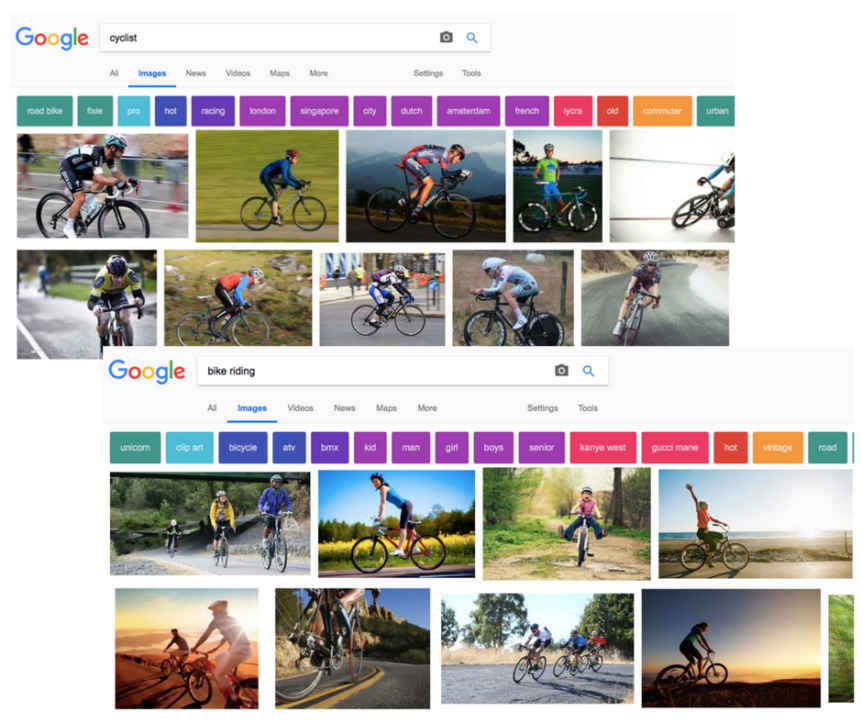What do you think when you hear the word ‘cyclist’?
A person in lycra right? They are probably pretty fit, go on long rides on expensive bikes and they take their bike-riding pretty seriously — well that’s what most of us think when we hear the word anyway.
The dictionary definition of the word is “someone who rides a bike,” so that could be a young kid still using training wheels, a mum who rides to the train station on her way to work or a dad who grabs his bike for the short trip to the shop.
While plenty of West Australians own a bike, many of them are unlikely to identify with the term.
Somewhere between the word ‘cyclist’ and the mental picture we have of a cyclist, that dictionary definition of the word gets lost.
With congestion and the associated pollution increasing and obesity and lifestyle related diseases on the up, encouraging people to ride bikes makes good sense.
It’s an affordable transport option that can help address these issues as well as help to create a better sense of community.
In order to encourage bike riding we first have to get the language around the idea right.
For anyone who’s not what we commonly perceive to be a ‘cyclist’ the idea of ‘cycling’ can be a little intimidating.
When we read articles about money being spent on cycling infrastructure, that money is not necessarily being set aside to help those lycra clad bikers reach better speeds.
That funding is more likely to be going towards bike paths and lanes that will make us everyday bike-riders feel more comfortable to take a bike for a spin.
After all, while the cyclists among us would welcome bike infrastructure, a lack of it may not necessarily deter them from riding but these sorts of biking projects would make everyday bike riders feel more comfortable about riding.
Although ‘cyclist’ may be the obvious choice of words to describe people who ride bikes, we should make a concerted effort to question the word when we see or hear it.
We should consider whether it is ‘cyclists’ we are talking about or could it actually be anyone who has the ability to ride a bike.
By doing this we make it a more inclusive term and get a better picture of the possibilities.
Instead of reading about bike lanes and cycle paths being created for cyclists, we can think about how those facilities might connect us as potential bike riders to our work and community.
For those still unsure about whether they fit into the bike rider or cyclist category, here’s a quick test:
When a friend suggests a quick 40 kilometre ride on the weekend, you:
A – Feel worn out just thinking about it.
B – Suggest something a bit longer.
When going for a ride you wear:
A – clothes of course.
B – A jersey and cycling shorts, you keep your bib shorts for longer rides.
Your bike is:
A – Green with 11 gears.
B – Which one are you asking about?
Mostly As – You’ve probably guessed you’re a bike rider.
Mostly Bs – Deep down you already knew you were a cyclist.

